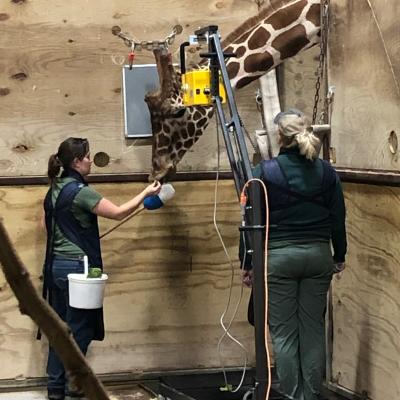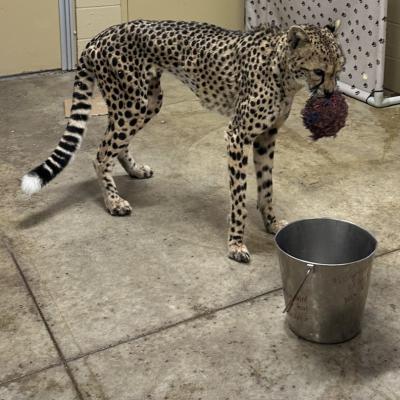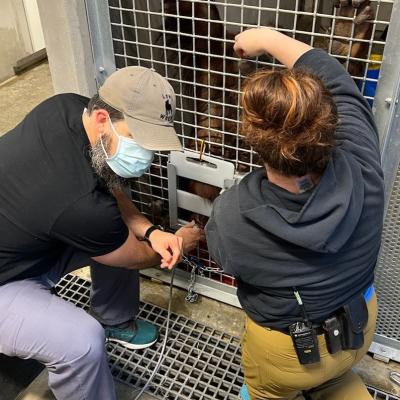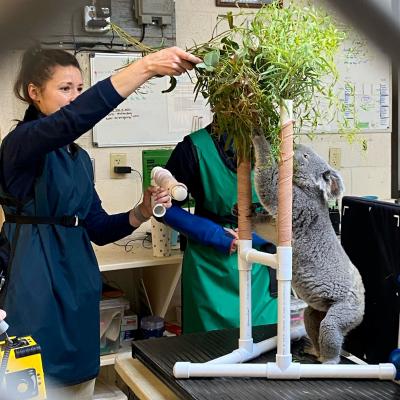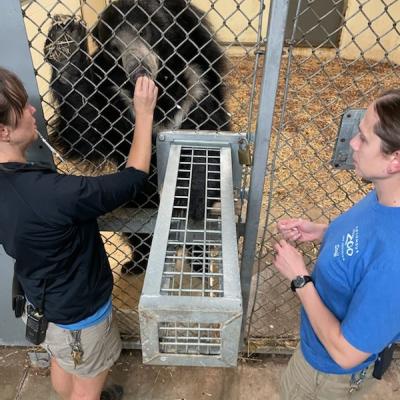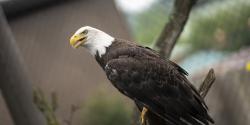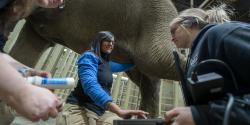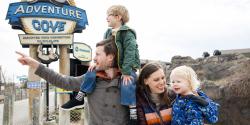Training is an important part of animal care here at the Zoo!
Our expert staff works closely with the animals to train them on a variety of behaviors to better help us provide the best care to them. Every two months, we will focus a blog entry on one training behavior and how different animals all around the Zoo demonstrate it.
Have you ever had a job to accomplish but didn’t have the necessary tools to complete it? Most of us would go to a store to buy the required items but unfortunately, that isn’t always a possibility when you are working at a zoo. Let’s talk about the creative solutions our zookeepers come up with to accomplish some of those more unique training challenges.
Many animals at the Zoo are trained by zookeepers to voluntarily participate in their medical care. This, however, becomes a more complex task when it comes to things like x-raying a giraffe jaw or giving an ultrasound to a tiger!
Our zookeepers are always up for the task at hand, and here are some examples.
Will and Sid
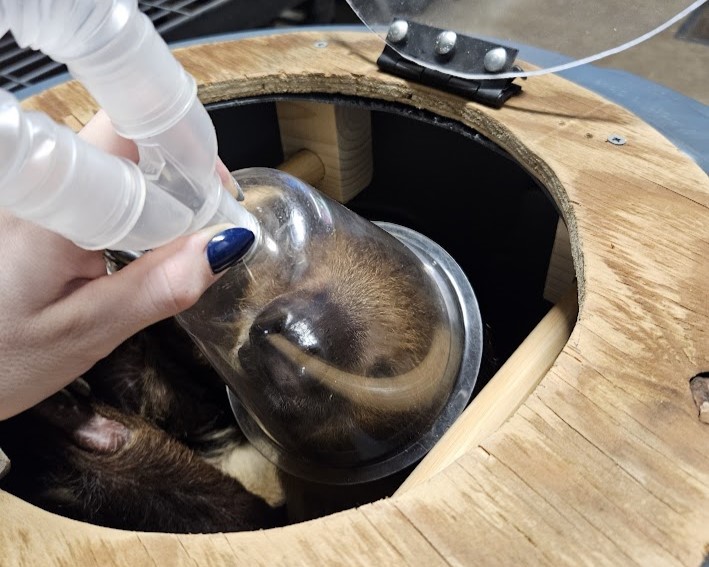
Two-toed sloths, Wilson and Sid, are trained to climb voluntarily (albeit slowly….) into a specially-designed crate that allows them to be safely anesthetized for their scheduled medical procedures.
Tuffy
Out at The Wilds, animal care specialists have gotten creative and use special mats that help giraffe Tuff curl his hooves when they provide hoof care.
Cal
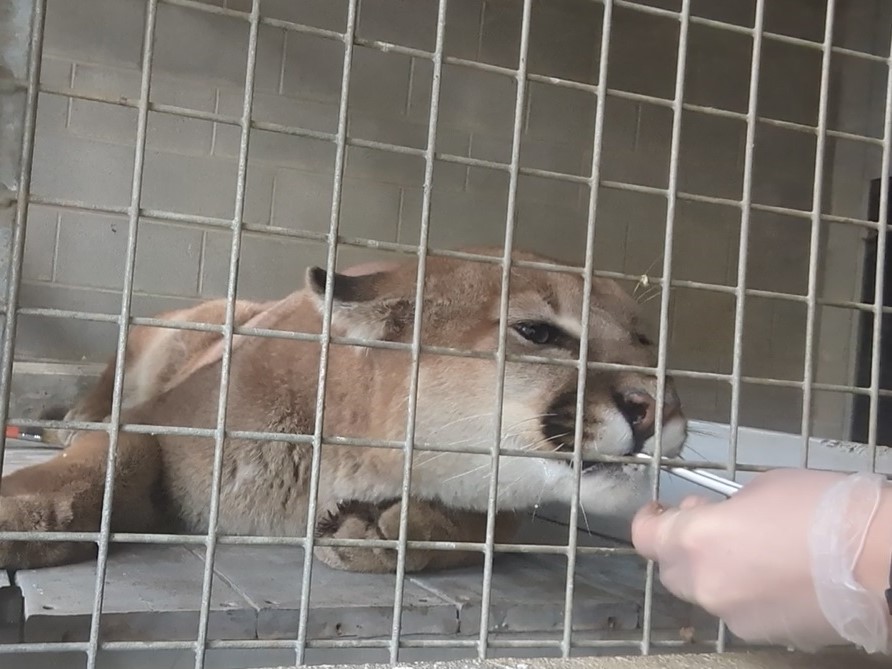
Some of our animals arrive to us as orphans, like Captain Cal the cougar, who came to the Columbus Zoo after being rescued from wildfires in California in 2020. Cal sustained burns to his paws that requires specialized care from zookeepers. Tiffany, zookeeper in North America, tells us more, “Cal had multiple surgeries to help his feet be more comfortable but the way the skin has healed as prevented his pads from flexing as they would normally. In the winter, just like our skin, his pads can become dry and cracked. To avoid this, keepers have taught Cal to lay on a bed with his feet against the mesh so we can apply ointment during the colder seasons. This has helped out a lot and makes him more comfortable in the Ohio winters.”
All the animals at the Zoo are unique that it isn’t always just medical situations that require creative solutions.
- For example, gibbons and siamangs are species that are made for an arboreal lifestyle and sitting on the scale on the ground isn’t a natural or comfortable situation for them. Keepers have designed a special hanging scale, shaped like a triangle, that allows them to gather weights on both species without them needing to come to the ground.
- On the other hand, sometimes keepers need to get some of smaller animals into a more comfortable position for their keepers to examine. Katie, a zookeeper in Animal Encounters Village explains:“We built a bar for our Large Hairy Armadillo, Ke$ha, for voluntary exams. She is trained to station on a bar she can have her stomach touched and palpated, her back touched and her front nails trimmed. We have also been able to make use of this bar for our opossum and have trained her for voluntary pouch exams!”

This is just a small sample of all of the creative solutions our zookeepers have, and continue, to come up with when providing the best care for the animals.
But the training at the Columbus Zoo doesn’t stop there, we still have a lot of more amazing behaviors to show , so check back to the Zoo’s blog often.

